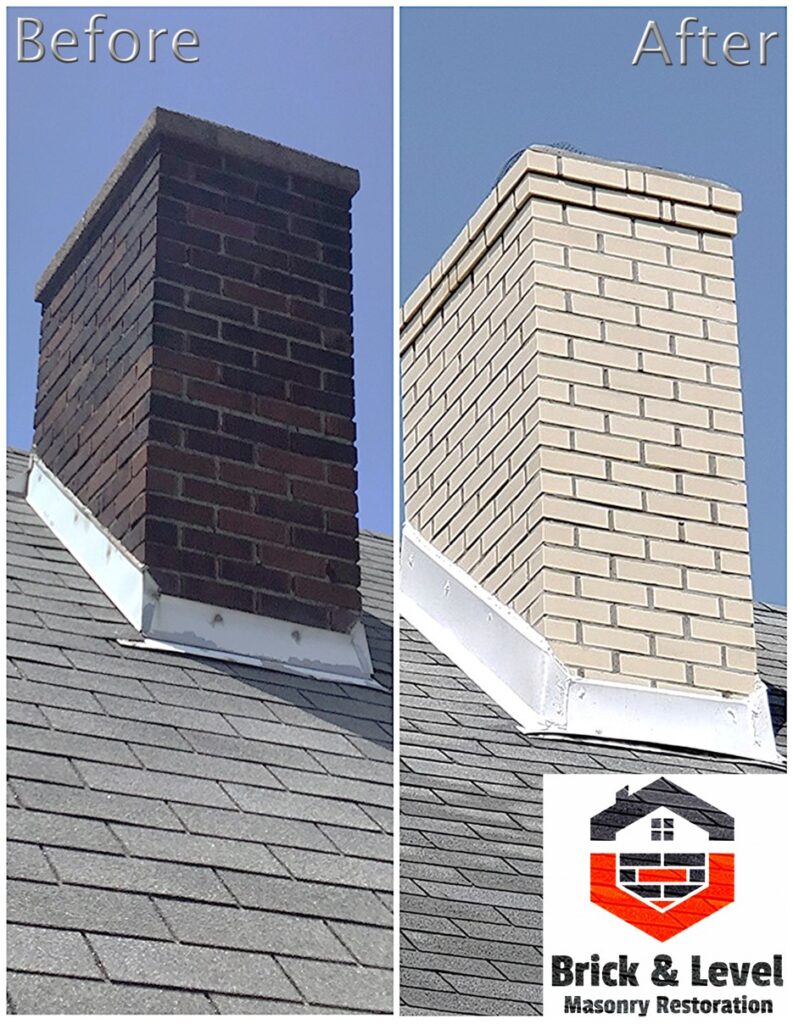Chimneys play a vital role in our homes, providing ventilation and facilitating the safe discharge of combustion byproducts. Over time, however, the masonry that surrounds a chimney can deteriorate due to weathering, age, or improper maintenance. In this comprehensive guide, we will explore the various aspects of chimney repair with a focus on masonry restoration. Whether you are a homeowner or a professional mason, understanding the techniques and considerations involved in chimney repair will help you ensure the safety, functionality, and longevity of this crucial architectural feature.
- Common Masonry Issues: Before diving into chimney repair, it is essential to identify common masonry issues that can affect the structural integrity of a chimney. Some of these issues include:
a. Brick/Stone Deterioration: The constant exposure to harsh weather conditions can cause the bricks or stones in a chimney to crack, spall, or erode, compromising the stability of the structure.
b. Mortar Decay: Mortar acts as the binder between bricks or stones. Over time, mortar can deteriorate, leading to gaps, known as mortar joints, that allow water penetration and further deterioration of the chimney.
c. Chimney Leaks: Damaged flashing, cracked crowns, or faulty chimney caps can cause water infiltration, leading to moisture-related issues such as mold growth, efflorescence, or chimney leaks.
-
Chimney Inspection: Before embarking on any repair work, a thorough chimney inspection is crucial to assess the extent of damage and determine the appropriate repair strategy. A qualified professional should conduct the inspection, examining both the interior and exterior of the chimney, including the flue, crown, flashing, and masonry.
-
Masonry Repair Techniques: Once the chimney inspection is complete, the masonry repair process can begin. Depending on the extent of the damage, various repair techniques may be employed:
a. Tuckpointing: Tuckpointing, also known as repointing, involves removing damaged mortar joints and replacing them with fresh mortar. This technique enhances the structural integrity of the chimney while preserving its original aesthetics.
b. Brick Replacement: In cases where individual bricks are severely damaged or missing, they need to be carefully removed and replaced. Matching the original brick type, size, and color is crucial to maintain the chimney’s visual harmony.
c. Crown Repair/Rebuild: The crown, or chimney cap, is a critical component that prevents water infiltration. Cracked or deteriorated crowns should be repaired or rebuilt using a high-quality mortar mix, ensuring proper slope for water runoff.
d. Waterproofing: Applying a waterproof sealant to the masonry surface can significantly enhance its durability by preventing water penetration. This protective barrier minimizes the effects of freeze-thaw cycles and reduces the likelihood of future damage.
-
Safety Considerations: Chimney repair, particularly masonry work, can involve working at heights and handling heavy materials. It is essential to prioritize safety throughout the repair process. Safety precautions include wearing personal protective equipment, using appropriate scaffolding or ladders, and adhering to local building codes and regulations.
-
Hiring a Professional: While some minor chimney repairs can be handled by homeowners, more extensive repairs or those requiring advanced masonry skills are best left to professionals. Hiring an experienced chimney repair specialist ensures that the repair work is conducted correctly, safely, and in compliance with industry standards.
The masonry aspect of chimney rebuilding and repair is a specialized field that requires technical knowledge, skill, and attention to detail. By understanding common masonry issues, conducting thorough inspections, and employing appropriate repair techniques, homeowners and professionals can effectively restore chimneys to their optimal condition. Remember, regular maintenance and prompt repairs are essential to ensure the safety, functionality, and longevity of your chimney, safeguarding your home and enhancing its overall value

